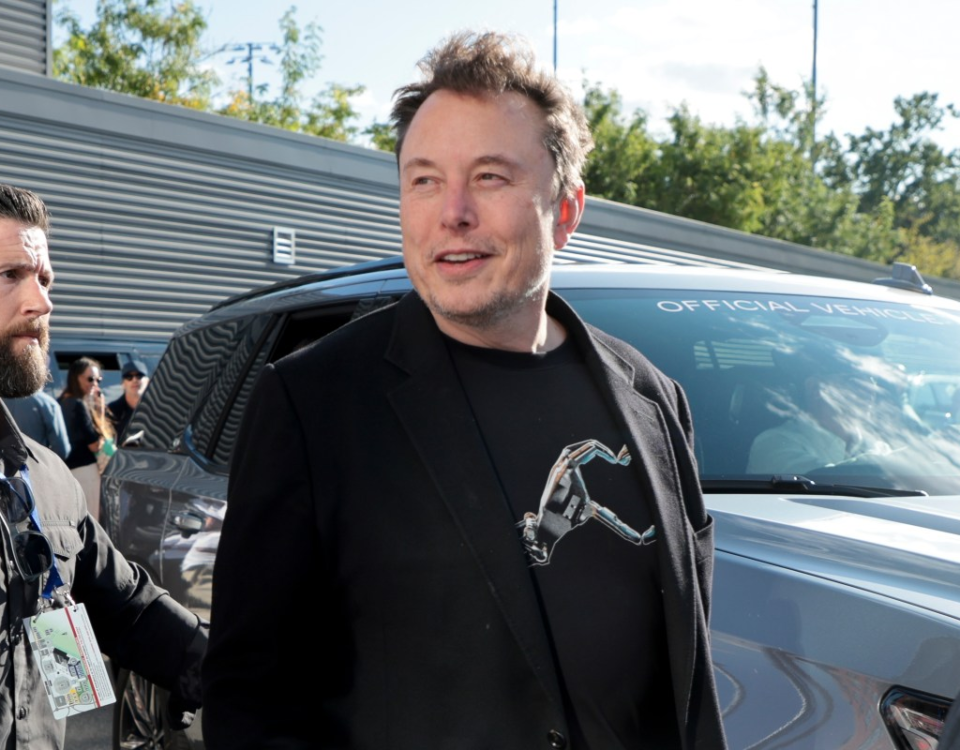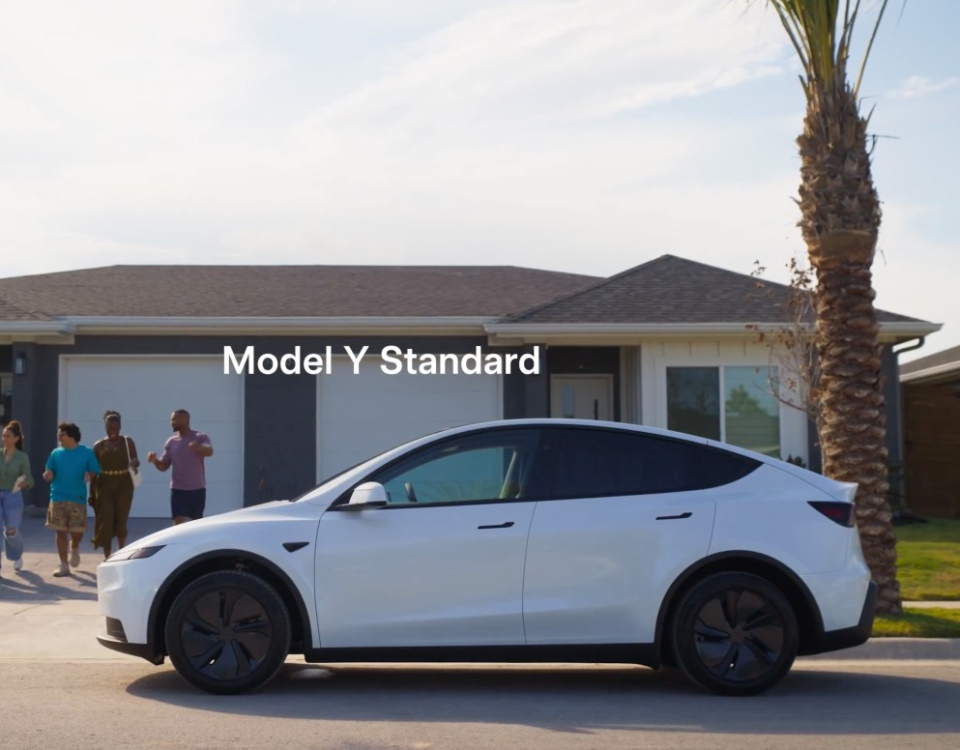
The Station: All the news out of TC Sessions: Mobility, #PoorElon and a sobering NHTSA report
May 24, 2022
Arclight deserves a medal for how it meddles with the bike pedal
May 26, 2022
The next bottleneck in lithium-ion battery supplies isn’t cobalt, even though China has a stranglehold on the market, and it’s not nickel, either, despite nickel prices nearly doubling in the past five months. Cobalt can be partially replaced with nickel, nickel can be partially replaced with manganese, and both can be completely replaced with iron phosphate, which is cheap and plentiful.
But there’s no substitute for one crucial component of these batteries: Lithium.
Today’s lithium mines can’t hope to meet the skyrocketing demand for the next decade and beyond. Spotting an opportunity, startups like Lilac Solutions and Vulcan Energy Resources have leaped into action with new lithium extraction processes that are more efficient and potentially better for the planet.
As automakers have fleshed out their electrification plans, they’ve caused an unprecedented rush for lithium. Over the last six months, lithium prices have gone on an epic bull run.
It started in January, when prices jumped to $37,000 per metric ton from $10,000 a month earlier, according to Benchmark Mineral Intelligence. Then it got worse in February, with spot prices rising to $52,000 per metric ton before rising again to $62,000 in March. Things have stabilized since then, but prices are still five times above the average price from 2016 to 2020.
Large companies of all stripes have been racing to secure supplies. Automakers like Ford and Tesla have signed huge contracts, and battery manufacturers and miners are rushing to secure supplies. Last year, for example, a three-way bidding war broke out for Canadian miner Millennial Lithium, which has large reserves in Argentina, and the winning bid ended up more than 40% higher than the initial offer.
Yet, those deals probably won’t be enough to fulfill the predicted demand for lithium, based on automakers’ current plans. Benchmark Mineral Intelligence is expecting demand to grow to 2.4 million metric tons in 2030 from less than 700,000 metric tons today.
Supply won’t be able to keep up given the current pace of new lithium projects.
“By the end of the decade, where we’re at now with the pipeline, we’re going to see significant deficits starting to grow,” said Daisy Jennings-Gray, a senior price analyst at Benchmark.
Last year, lithium supply fell short of demand by more than 60,000 metric tons. Jennings-Gray’s firm predicts that the deficit will be over 150,000 metric tons by 2030. To meet demand, Benchmark says that $42 billion will need to be invested in the space by the end of this decade.
Without new lithium projects coming online, it’ll likely get worse throughout the 2030s. By 2040, the International Energy Agency expects lithium demand to be 42 times higher than it is today.
“It’s an insane number,” said Jordy M. Lee, a program manager at the Payne Institute for Public Policy at the Colorado School of Mines. What’s more, it might even be too low.
“We’ve consistently underestimated how much demand for lithium-ion batteries we’re going to have in the coming years,” he said.
As the rise in demand shows no signs of abating, startups have surged into the space, pitching novel techniques to coax the volatile metal out of the earth.



